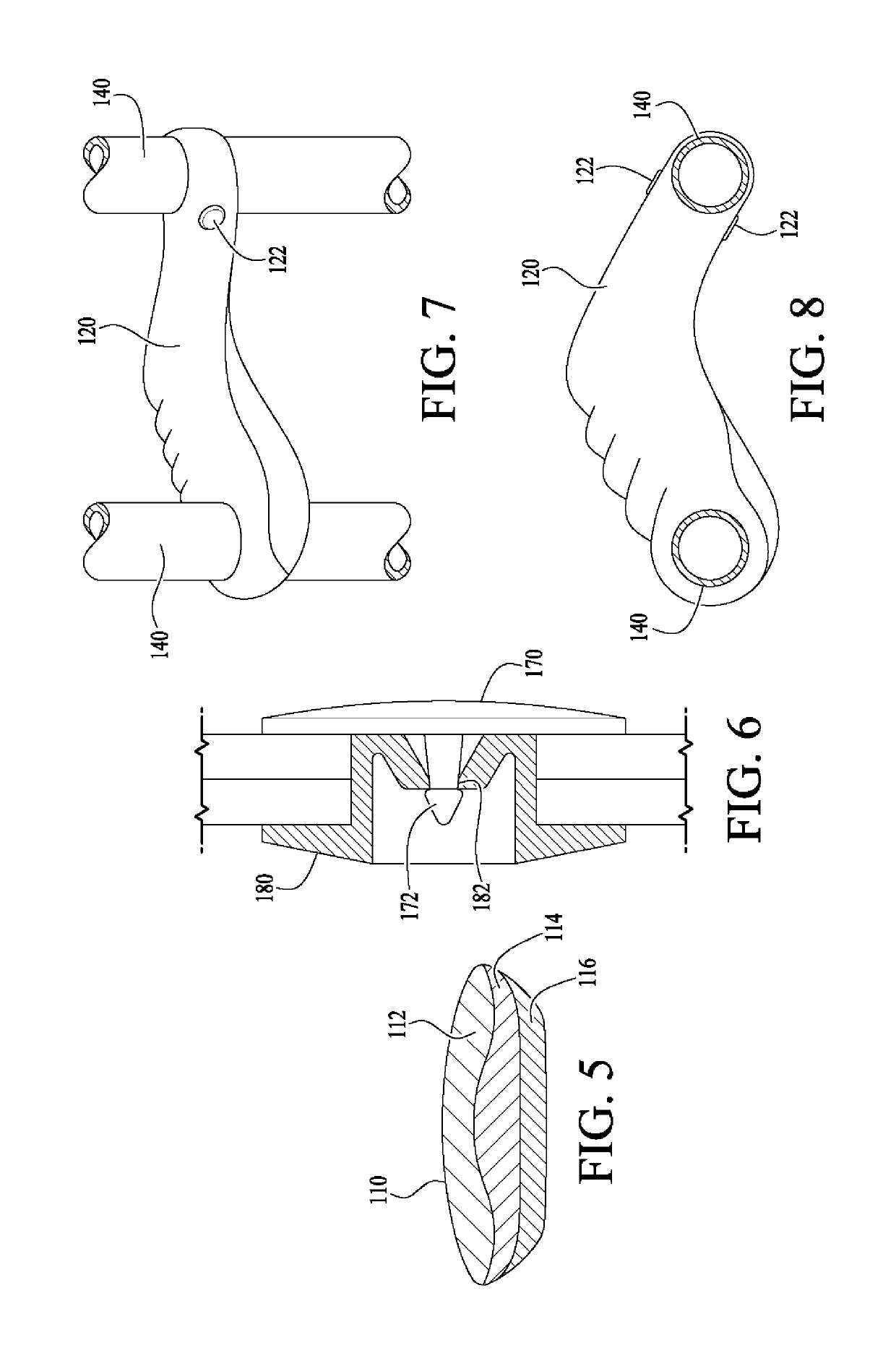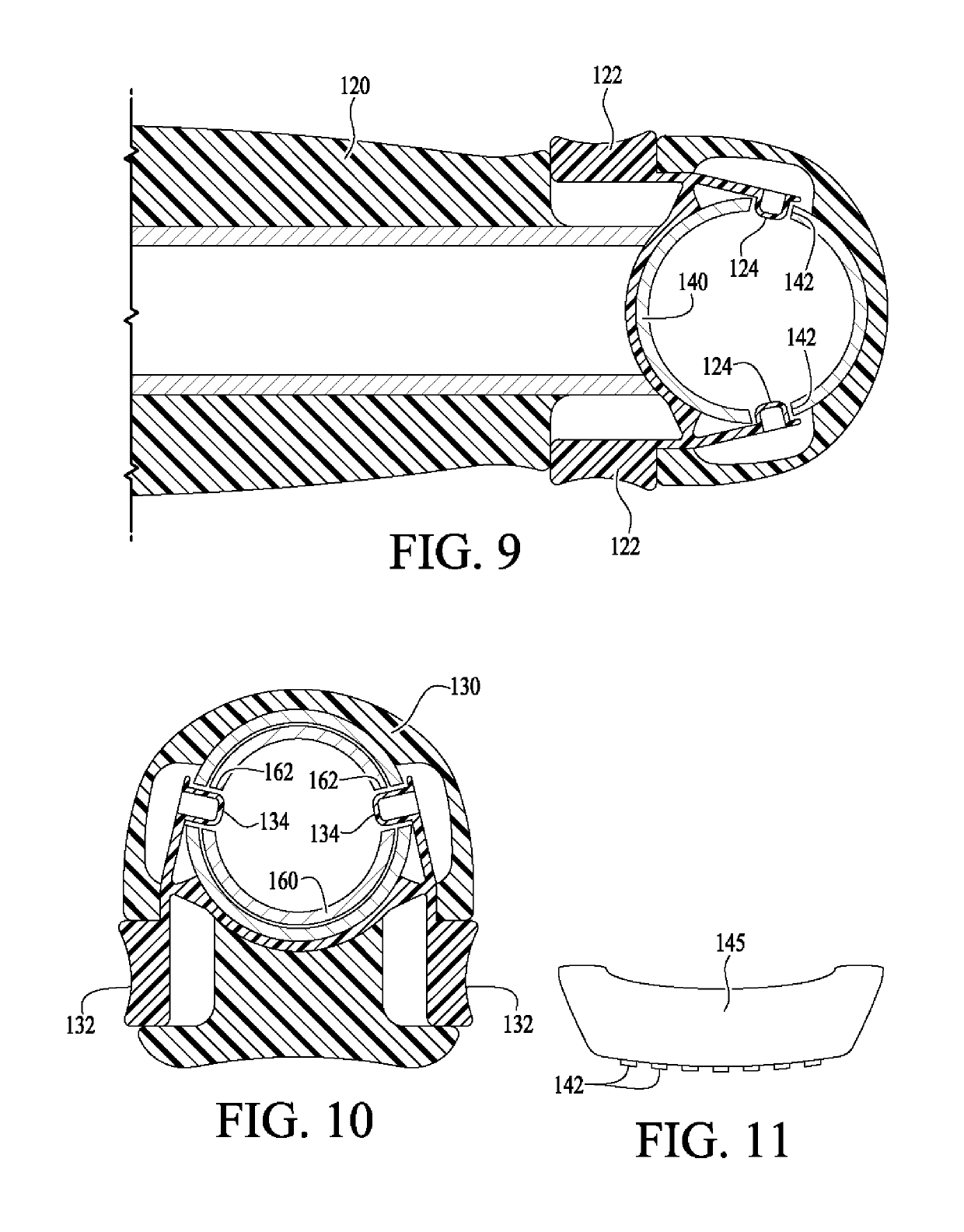Crutch and sitting device
a sitting device and seat technology, applied in the field of sitting devices, can solve the problems of reducing or inhibiting mobility, affecting the use of people, cumbersome devices, etc., and achieve the effects of reducing pressure and stress, reducing stress on the lumbar region, and adding significant pressure on the lower back and spin
- Summary
- Abstract
- Description
- Claims
- Application Information
AI Technical Summary
Benefits of technology
Problems solved by technology
Method used
Image
Examples
Embodiment Construction
[0067]The following detailed description is for various embodiments, as some were explained above, as well. The description is not to be taken in a limiting sense, but is made merely for the purpose of illustrating the general principles of the invention, or as some examples.
[0068]The Design for Crutches and Sitting Devices is an embodiment of a crutch comprising a pair of support shaft members. Each member is comprised of three shafts, 140,150 and 160. FIGS. 1 and 3 show supporting member 140, the top member of the support shaft, while supporting members 150 and 160 are also shown in FIGS. 1 and 2, which are the middle and bottom members, comprising the support staff. Each supporting element of the crutch, 140, 150, and 160, is designed to maintain the telescoping adjustable character and is of different internal and external diameters. Each support staff includes a plurality of adjustment holes shown in FIGS. 2, as 142, 152 and 162. These adjustment holes receive the wrap around s...
PUM
 Login to View More
Login to View More Abstract
Description
Claims
Application Information
 Login to View More
Login to View More - R&D
- Intellectual Property
- Life Sciences
- Materials
- Tech Scout
- Unparalleled Data Quality
- Higher Quality Content
- 60% Fewer Hallucinations
Browse by: Latest US Patents, China's latest patents, Technical Efficacy Thesaurus, Application Domain, Technology Topic, Popular Technical Reports.
© 2025 PatSnap. All rights reserved.Legal|Privacy policy|Modern Slavery Act Transparency Statement|Sitemap|About US| Contact US: help@patsnap.com



